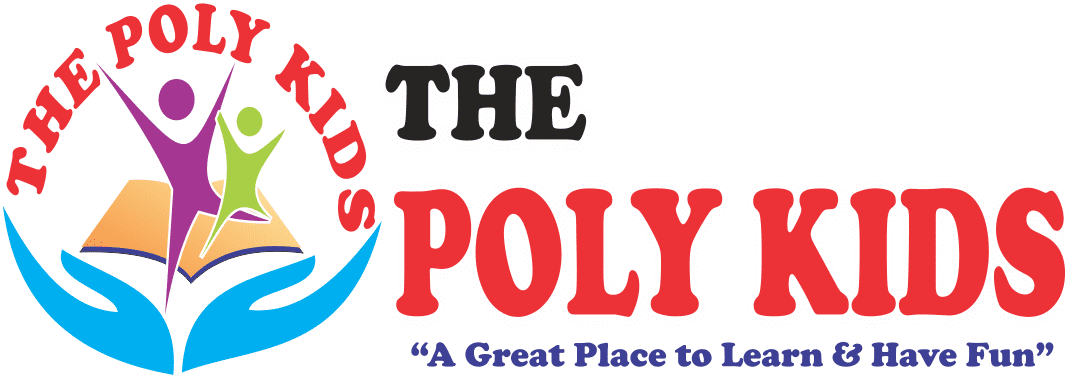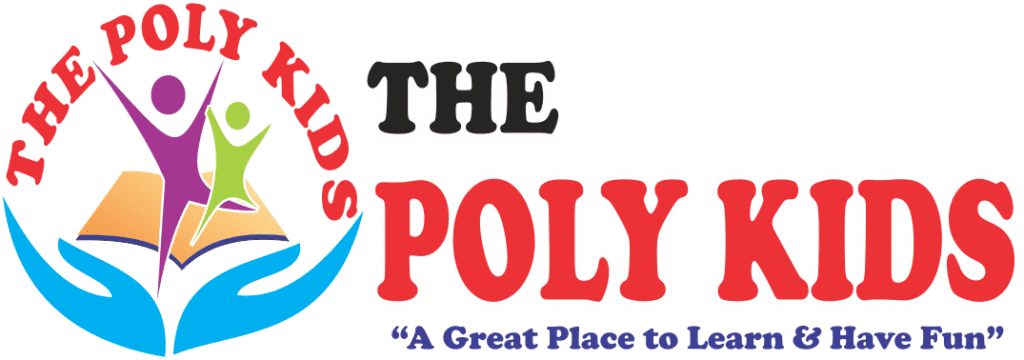🍼 Encourage Toddlers to Chew Food
Feeding toddlers is often a delightful but challenging experience. Many parents struggle when their little ones refuse to chew their food and instead swallow it whole or spit it out. While this may seem like a small issue, proper chewing plays a vital role in a child’s overall development. From digestion to speech improvement and oral motor development, teaching toddlers to chew properly sets the foundation for lifelong healthy eating habits.
In this blog, we’ll explore simple, fun, and practical methods to encourage toddlers to chew food, making mealtime smoother and healthier for both children and parents.
🍽️ Why Chewing Is Important for Toddlers
Before diving into the techniques, it’s crucial to understand why it’s important to encourage toddlers to chew food:
-
Better Digestion: Chewing breaks down food into smaller particles, aiding the digestive process.
-
Oral Muscle Development: Helps strengthen the jaw, tongue, and facial muscles.
-
Speech Development: Chewing promotes coordination that aids in clearer speech.
-
Healthy Eating Habits: Encourages mindful eating and reduces the risk of choking.
-
Improved Nutrition: Ensures toddlers extract maximum nutrients from their food.
👶 Simple Methods to Encourage Toddlers to Chew Food
Here are some tried-and-tested, parent-approved strategies to help your little one embrace chewing:
1. Start with Soft, Chewable Foods
Introduce foods that are soft enough to chew yet offer some resistance—like steamed carrots, ripe bananas, or well-cooked pasta. These textures help toddlers practice their chewing skills without frustration. Gradually introduce slightly tougher textures to encourage toddlers to chew food more consistently.
2. Lead by Example at Mealtimes
Toddlers are natural imitators. Sit with them during meals and exaggerate your own chewing. Say phrases like “Look! I’m chewing my food just like a dinosaur!” This playful demonstration often motivates children to copy the behavior and encourage toddlers to chew food willingly.
3. Offer Finger Foods
Finger foods like sliced fruits, cheese cubes, or mini sandwiches provide both fun and function. They promote hand-to-mouth coordination and naturally prompt chewing. Giving a toddler the freedom to explore textures can encourage toddlers to chew food independently.
4. Avoid Over-Pureed Meals
If your child is overly dependent on purees, slowly reduce their frequency. Offer mashed versions with tiny chunks to ease the transition. Gradually upgrading food texture is a gentle way to encourage toddlers to chew food and become familiar with different consistencies.
5. Create a Positive Mealtime Environment
Avoid pressure and distractions during meals. Turn off the TV, avoid force-feeding, and focus on making the experience enjoyable. A calm and interactive mealtime atmosphere significantly helps to encourage toddlers to chew food naturally and happily.
6. Introduce Chewy Snacks Safely
Healthy chewy snacks such as soft granola bars, rice cakes, or small pieces of chapati can stimulate chewing without posing a choking risk. These foods help build jaw strength and encourage toddlers to chew food even between main meals.
7. Use Books and Toys for Learning
There are storybooks and chew-friendly toys that talk about or demonstrate chewing. These tools help encourage toddlers to chew food by making learning both visual and fun. Stories involving animal characters chewing food are especially engaging.
8. Celebrate Small Wins
Every time your toddler chews a bite instead of swallowing, praise them with enthusiasm. Positive reinforcement goes a long way to encourage toddlers to chew food consistently and confidently.
9. Make Food Visually Appealing
Cut food into fun shapes using cookie cutters or arrange meals in smiley faces or animals. A visually appealing plate often excites toddlers and nudges them to explore their food more deeply—and chew it properly.
10. Be Patient and Consistent
Toddlers develop at different paces. Some may chew naturally, while others need more encouragement. Stay patient and consistent with your approach. Over time, your efforts to encourage toddlers to chew food will surely pay off.
🏫 How The Poly Kids Supports Healthy Eating Habits
At The Poly Kids, we understand that early childhood is the foundation for lifelong habits. Our classrooms and dining sessions are designed to:
-
Introduce age-appropriate food textures
-
Involve children in fun, supervised self-feeding activities
-
Use visual aids and peer encouragement to encourage toddlers to chew food
-
Educate parents through workshops and personalized tips
Our educators and caregivers ensure that every mealtime is a learning experience that fosters independence, safety, and joy.
🍏 Final Thoughts
Chewing is more than just a mealtime activity—it’s a developmental milestone. With patience, creativity, and consistency, parents can easily encourage toddlers to chew food and enjoy the benefits that come with it. By using simple, child-friendly methods and leading by example, you create a healthier future for your child, one bite at a time.


